Hash comes from trichomes, the ripe, resinous gland heads that line the surface of cannabis plants. Processes to achieve resin separation have been practiced for centuries, however, the rapid rise of cannabis legalization in the Western world has brought new methods in hash preparation that are sweeping legal markets by storm.
Where does hash originally come from?
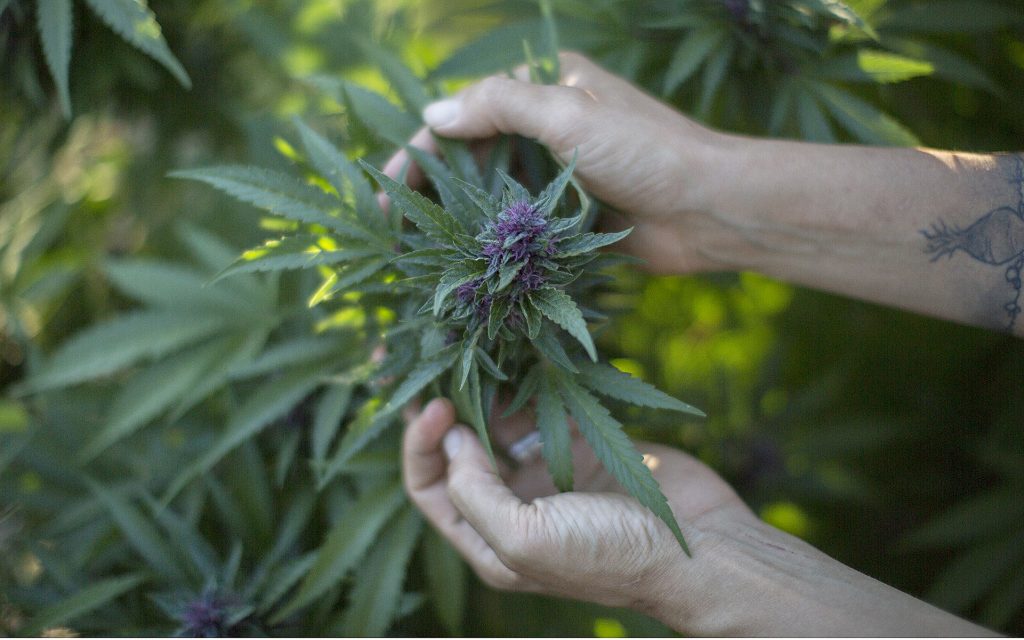
(Leafly)
The word “hashish” originates from the Arabic language, roughly translating to mean “grass.” It is believed that the popularization of hash originated around AD 900, although some argue methods such as charas, or the collection of resin from the hands of cannabis farmers, are believed to have existed prior to written documentation.
As a result of early European exploration into Africa, hashish made its appearance in the Western world at the turn of the 19th century. For years, European doctors imported hashish to conduct research, which led to the introduction of various extraction methods that allowed for further refinement into medications.
By the turn of the 20th century, cannabis extractions were accounting for a large majority of Western pharmacopeia. It wasn’t until US prohibition of cannabis in the early 20th century that hashish products were outlawed from Western medicine and pushed back into the black market.
Different types of hash
Dry sift hash
With the reemergence of cannabis enthusiasm in the 1960s, hashish found its way back into the limelight. Countries such as Nepal, Afghanistan, and Morocco saw an increase of hash exportation into Western countries. At this time the varieties of hash imported were old world varieties, mainly hard-pressed, brick-like solids made from heat and pressure.
It wasn’t until the late 1980s when gland separation was introduced to the West through a machine called the “master sifter.” According to Ed Rosenthal and his book Beyond Buds, this breakthrough machine by John Gallardi used vibration to separate the trichome gland heads from the plant material.
Ice water (bubble) hash
During this time, Neil Schumacher and Rob Clarke began experimenting with water extraction methods, the early precursor for what we now refer to as ice water hash, or bubble hash. The equipment used to popularize the ice water extraction method was first introduced to the public in 1997 by Reinhard C. Delp at the High Times Cannabis Cup. His patents would later be adapted and modified by Mila Jansen with her pollinator isolation bags.
This design would be further improved upon by Canadian hash enthusiast Marcus “Bubbleman” Richardson and his popular line of BubbleBags, one of only a handful of companies worldwide who have leased permissions to use methods from the original patent filed in 1999.
How to make dry sift hash
Check out our video above with Mark at Funky Skunk Extracts on how to make dry sift hash (lightly edited transcription follows).
Hash is a concentrated form of cannabis. We take the cannabinoids and separate them from the plant material using a dry sift method, which we then press into hash.
Our hash is different than BHO and other solvent-based extractions in that we don’t use a solvent. It’s entirely mechanical and uses different temperatures to extract the cannabinoids from the plant material.
The dry sift screen method
- Start with properly cured frozen material. It’s important to get your temperature as low as possible because frozen trichomes will break off their stocks and separate from the plant material more easily.
- Once you get your material on the screen, start breaking it up and spreading it around; wax on, wax off.
- Dry sifting on a screen is a very delicate process. You’re not going for quantity, but quality, and expect a very low return. As long as you’re careful, it should be a very high quality.
The dry ice method
- Combine your plant material with about 40% dry ice. Dry ice is five times cooler than regular ice, about -109°F. These super cold temperatures combined with friction caused by shaking the bag will cause the trichomes to break off their stocks and fall into the collection vessel below.
- The longer we shake, the more plant material will break up and make its way through the screen, contaminating your kief. This is why old school methods of making hash are as much of an art form as they are a science.
- It takes practice working with different strings to get the feel for the right time to stop. You want to maximize yield without sacrificing quality.
- When satisfied with the shake, it’s time to collect.
You can see the difference in quality between the two methods: The dry sift is a beautiful golden color whereas the dry ice has been contaminated with some plant material, making it green.
Turning kief into hash
- Fill up the hash press with kief (the traditional method is to wrap the kief in plastic and then in layers of wet newspaper, alternating between heating the brick slowly on a hot plate and rolling it with a rolling pin, sometimes for hours to achieve the correct consistency).
- Jack it up like you’re changing a tire, and in just a few minutes, you’re done.
- You can see by its dark and shiny surface that the trichomes have melted together.
Once we break it open, we see the gooey Play-Doh consistency and the beautiful golden brown color that we’re looking for.
How do you smoke hash?

(Leafly)
Hash may be used in a number of ways. Traditionally, hash has been consumed orally, either as a solid or infused into a beverage such as the traditional Indian drink bhang. Hash may also be smoked, either on its own or as a way to accompany traditional cannabis flowers.
Some varieties of hash that have the ability to melt may also be vaporized on a hot surface, known as dabbing. When dabbing hash, screens are often used due to the fact that some resins leave carbon residue and will not melt completely, or at all. On the other end of the spectrum are high-quality hash oils (not to be confused with solvent extracts), such as full melt dry sift and full melt ice water hash, which have the ability to melt completely onto a nail, leaving zero residue.
When first learning how to use hash, consult with your budtender about the equipment you have at home to see what products are right for you. To get started with smoking or vaporizing hash, you will need some sort of smoking device, such as a pipe or dab rig, possibly a dabber tool, and a heating mechanism, depending on which route you take.
Always remember that hash effects will be much stronger than smoking cannabis flower. Hash oil potency can range from low 40% to over 80%, depending on factors such as extraction technique and quality of starting material.


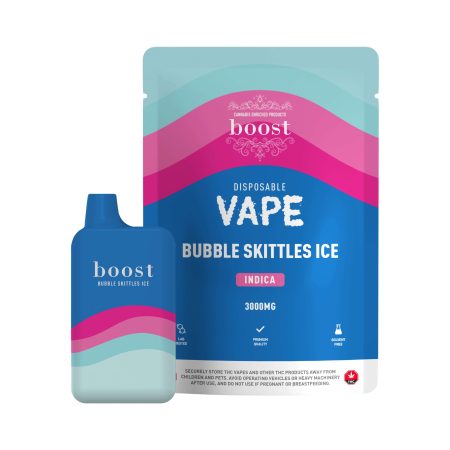
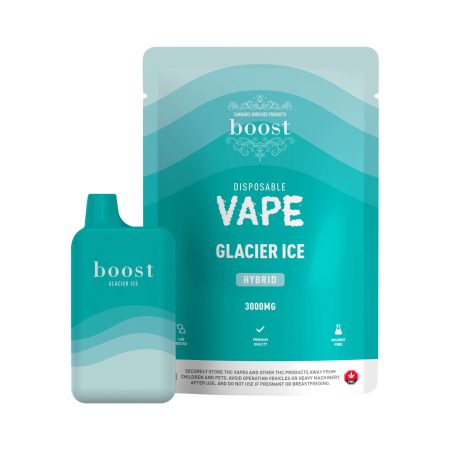
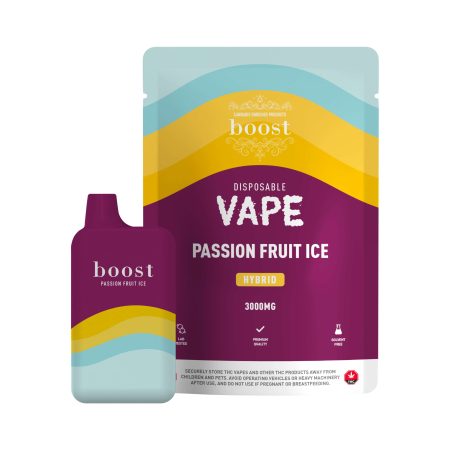



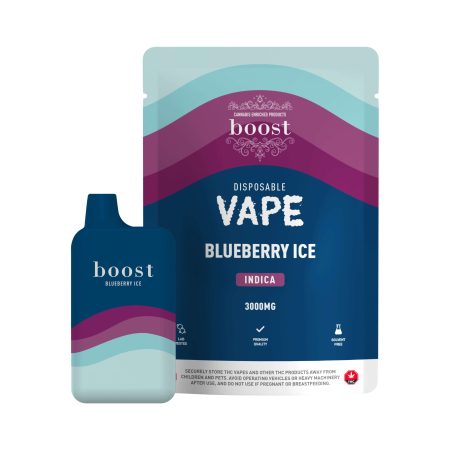



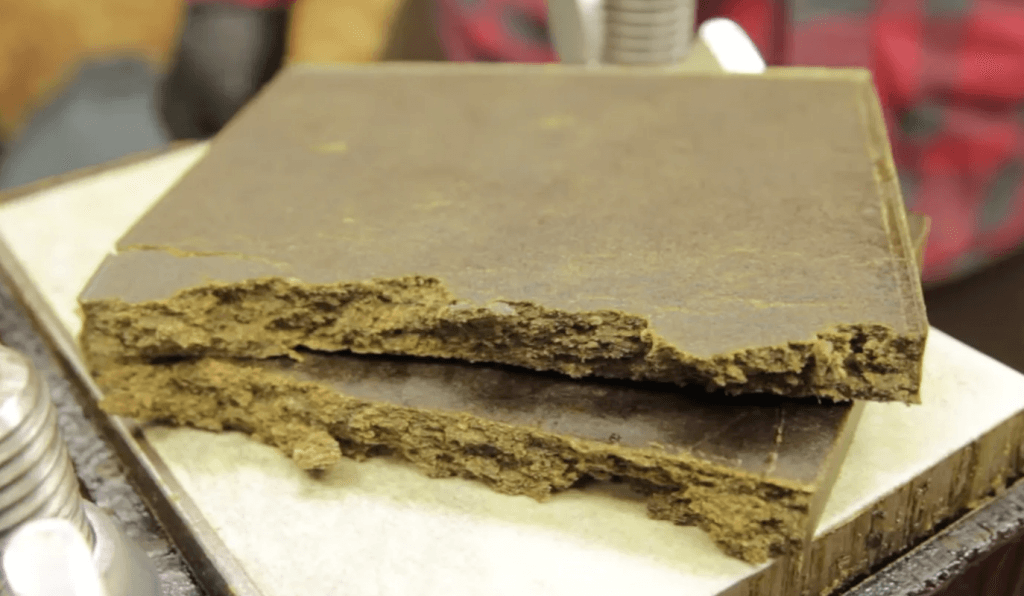
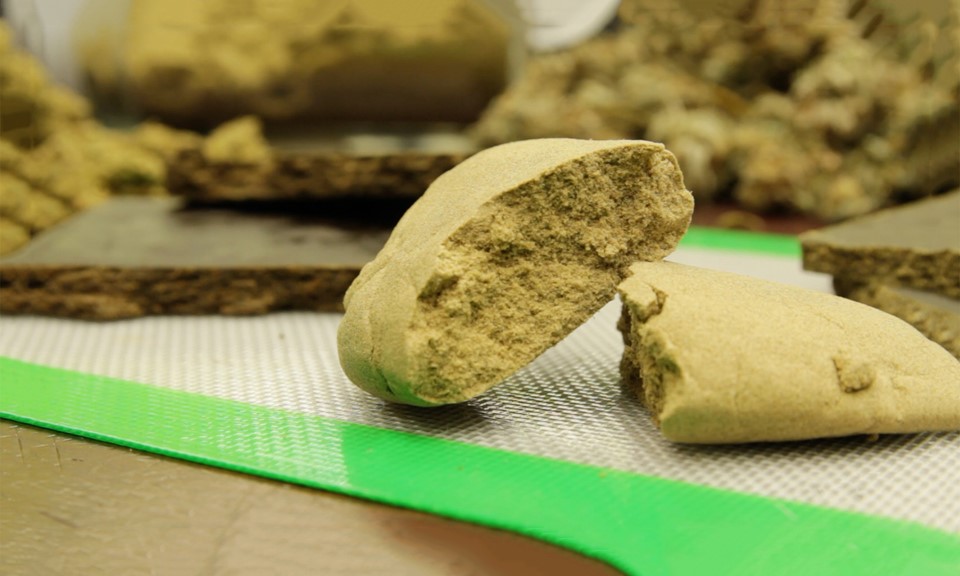
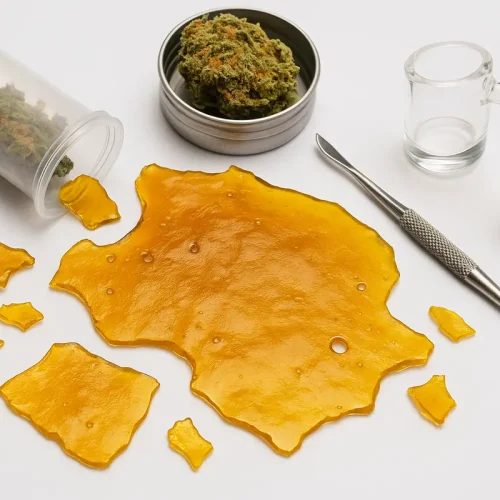

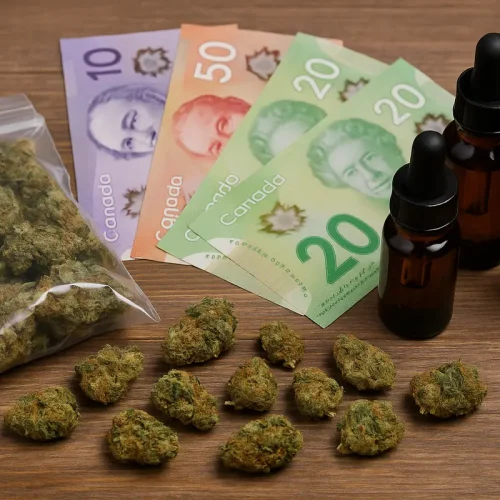


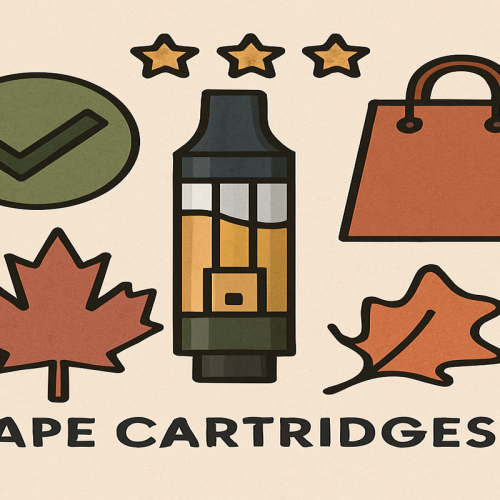




You must be logged in to post a comment.